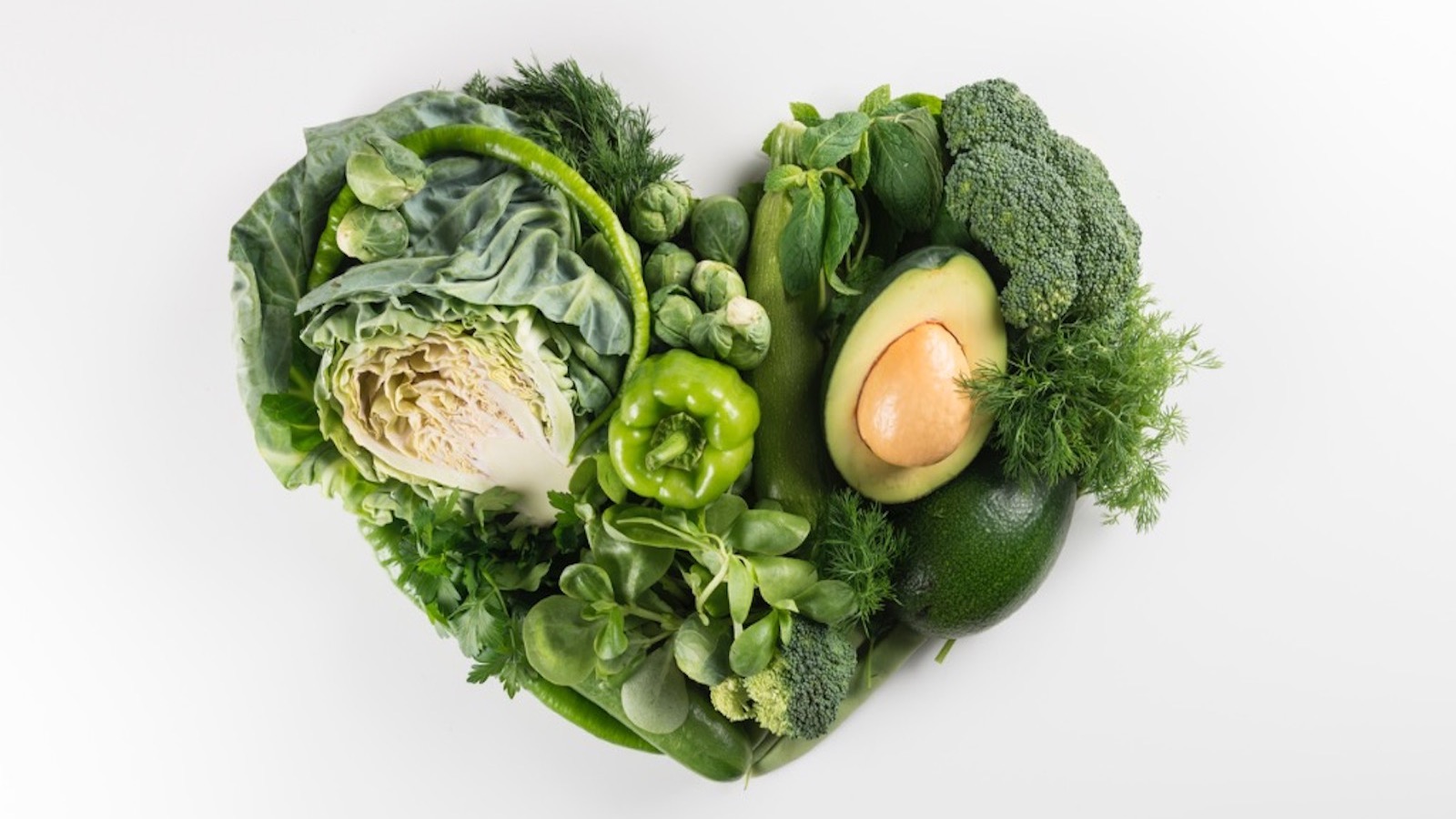A Call for Year Round Stroke Awareness
National Stroke Awareness Month is coming to a close on May 31. However, stroke awareness should be promoted year-round.
In case you missed the messaging this month, now is a great time to learn about or refresh your memory on the types of strokes, stroke prevention, and what to look out for in the event of a stroke.
But first, let’s begin with the most recent statistics on stroke published by the American Heart Association in 2023. Independent of cardiovascular disease, stroke was the fifth leading cause of death in 2020. Of the 160,264 deaths due to stroke in 2020, 90,627 of the deaths occurred in women. Additionally, death from stroke increased by 23.8% from 2010 to 2020. These statistics emphasize the importance of learning about strokes and making lifestyle changes to decrease your risk of stroke in the future.
The disruption of blood flow to the brain causes a stroke and may result in an injury to the brain. The damage and recovery from a stroke can range from minimal to severe, depending on the areas of the brain that are damaged, how much of the brain is damaged, the length of time the injured parts of the brain go without blood, and how long it takes to receive treatment.
The two categories of strokes are ischemic and hemorrhagic. Ischemic strokes occur when blood clots block blood flow to an artery that supplies blood to the brain. When an artery located in the brain bursts, a hemorrhagic stroke occurs.
In addition to ischemic and hemorrhagic strokes, a transient ischemic attack (TIA) is considered a “mini-stroke”. It is usually a warning sign you may have a stroke in the future. Like an ischemic stroke, a TIA occurs when the blood supply to the brain is blocked but differs in that the symptoms are temporary, and the brain is not injured.
Reducing Your Risk
Now that you have some background knowledge on strokes, it is essential to know that there are things you can do to reduce your risk of stroke, such as:
• Not smoking
• Limiting or not drinking alcohol
• Eating a healthy diet
• Increasing your physical activity
• Checking your blood pressure often and working with your doctor to decrease your blood pressure with lifestyle changes or medications if it is consistently elevated
• Managing high cholesterol
• Managing diabetes
• Managing other conditions that can cause strokes, such as atrial fibrillation
The Signs of a Stroke
Additionally, recognizing the signs of stroke in yourself and others is crucial. An acronym to keep in mind is BE FAST, which stands for:
• Balance instability – balance or coordination loss
• Eyes – double vision, loss of vision, or blurred vision in one eye or both eyes
• Facial droop – the face is drooped on one side, numb feeling in the face, uneven smile
• Arm weakness – numbness or weakness in one arm; one arm drifts down when both arms are raised
• Speech difficulty – slurred words or trouble speaking
• Time – call 911 immediately if any of these symptoms are present, no matter if the symptoms have stopped
Please download this life-saving information for your family, friends, and colleagues.
Until Next Time!


Thank you to Symone Taylor for her contributions to this issue of Straight Talk.
References
1. Tsao CW, Aday AW, Almarzooq ZI, et al. Heart Disease and Stroke Statistics-2023 Update: A Report From the American Heart Association. Circulation. 2023;147:e93-e621. doi:10.1161/CIR.0000000000001123




